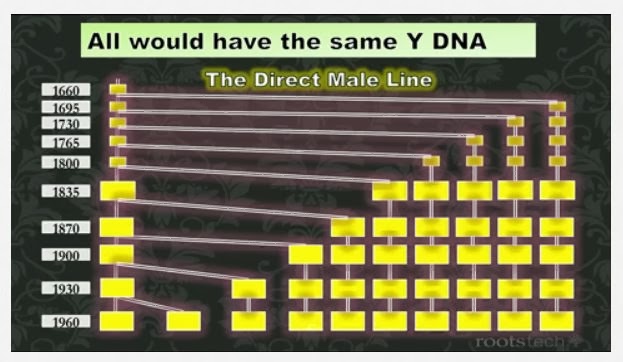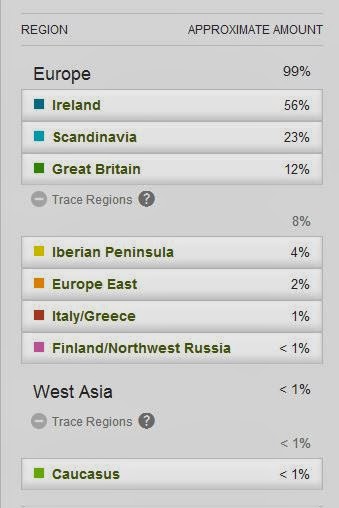Aside from being disappointment that Ancestry is giving up on MyFamily.com; I wish they would have at least tried to sell the site, however this whole process is a learning opportunity. I have learned not to take for granted sites like these. What I mean by this, is I have learned that I needed to be saving all the goodies that all my distant genealogy cousins had been submitting to the website. I took for granted that I could always go to this website and find what I wanted when I wanted it.
 Now, MyFamily.com states that you can export the data and yes it can take a few days to generate that download, but do you know what you get? A total mess. You end up with a zip folder of all your photos, or in my case, 417 photos with useless names like 000a0d3a-0033-0000-0000-000000000000. Plus it did not do anything with all the documents that are stored in the file cabinet. There is a lot of important information there too!
Now, MyFamily.com states that you can export the data and yes it can take a few days to generate that download, but do you know what you get? A total mess. You end up with a zip folder of all your photos, or in my case, 417 photos with useless names like 000a0d3a-0033-0000-0000-000000000000. Plus it did not do anything with all the documents that are stored in the file cabinet. There is a lot of important information there too!So after I download and extracted the zip folder, I decided I would go through the Photos from MyFamily and rename all the ones in my extracted folder. Then I created an Excel spreadsheet to record all the valuable information such as file name, who submitted it, date it was submitted, date of photo, description and such. I must admit that the extracted file folder is easier to handle than me trying to save each photo individually through MyFamily. I have the MyFamily.com open on the left of the screen and my extracted folder open on the right. I rename the file and then open my excel file on the right and key in the file name and all the fields from MyFamily.com that belong to the picture. This is taking me a little while, but when I am done, I will know who the people are in the photos and who submitted the photo to the website.
 Lesson learned, I should have been doing this from the very beginning and I would not have had to spend the last three days going through all these photos. I probably have at least two more days of photo renaming and then I need to go through the file cabinet (all 48 pages) and see what I want to save. I just have to right click and it saves the document. Again, many days of work. Finally I will need to save the list members of the website, so I don't lose contact with all these valuable people. Many haven't been on the site in months and I hope they also know that MyFamily is going away.
Lesson learned, I should have been doing this from the very beginning and I would not have had to spend the last three days going through all these photos. I probably have at least two more days of photo renaming and then I need to go through the file cabinet (all 48 pages) and see what I want to save. I just have to right click and it saves the document. Again, many days of work. Finally I will need to save the list members of the website, so I don't lose contact with all these valuable people. Many haven't been on the site in months and I hope they also know that MyFamily is going away.My personal family haven't decided what they plan to use instead of MyFamily and I don't know if they will use anything to replace this. I know the main administrator has put in a lot of work into this website. I was even thinking of letting everyone know that I have renamed all the files and created this excel spreadsheet and I could send it to them as a zip folder. I will see how big the folder gets, otherwise I might have to make CD's and send them via snail mail. I hope to be able to send the documents too.







